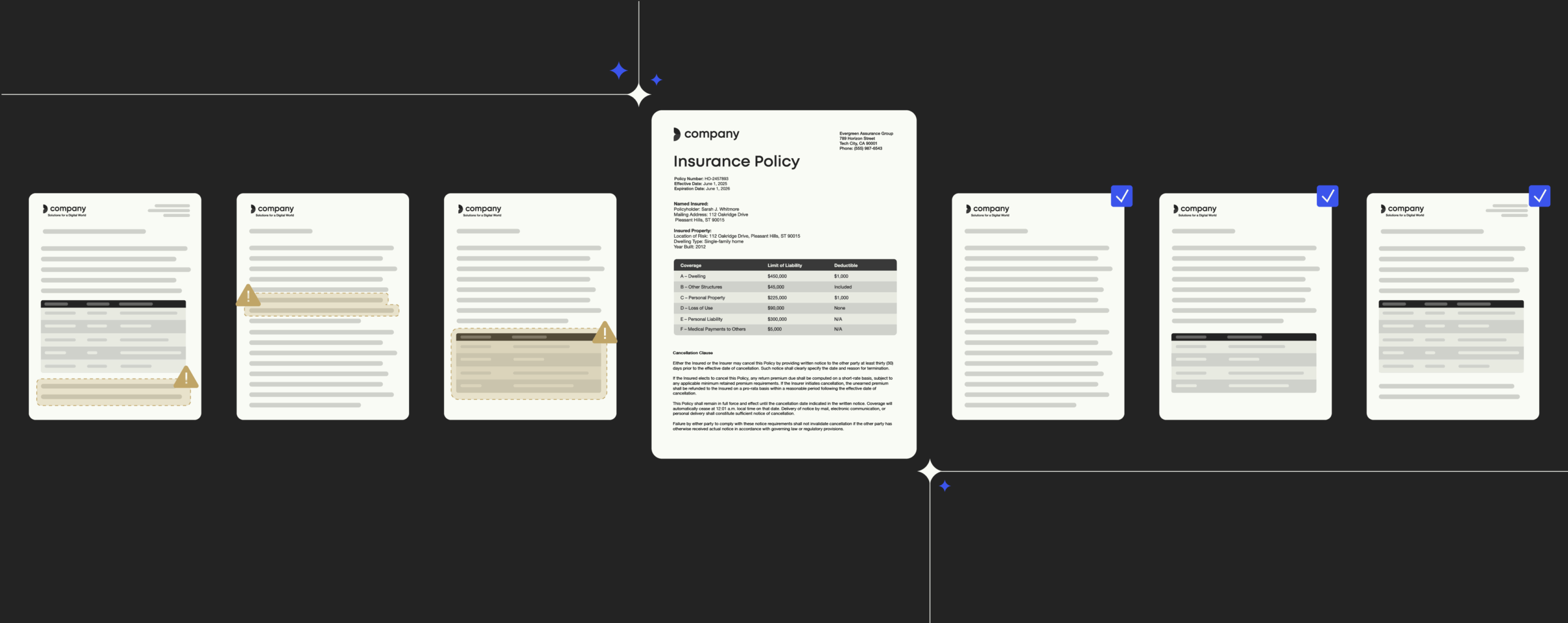Business enablement series: What employees need to be efficient

There’s an old saying: a person with one watch knows the time; a person with two is never sure.
The modern version might be something about digital tools — a person with one account knows how to do their work; a person with 175 is seriously overwhelmed.
But this is precisely the situation so many workers find themselves in today. Companies are purchasing and deploying apps at a record pace, all in the name of productivity.
However, as our toolbox grows, so does the complexity of our work.
It really begs the question: how many productivity tools does it take to actually decrease productivity?
The productivity paradox
In 2020, large companies deployed an average of 175 different apps as part of their tech stack, and that number continues to grow.
In another couple of years, that tech stack will become a tech skyscraper.
No wonder 40% of workers report feeling overwhelmed and frustrated by the number of tools they need to use to do their jobs. Even worse, one in four feel that the number of tools they are obliged to use actually decreases the amount of work they can complete in a given day.
Employees today are facing app chaos, and the result is tech fatigue.
Putting the “F” in efficiency
It’s important to remember that a company’s tech stack is supposed to play a supporting role in a worker’s day. But that gets obscured when employees are forced to master hundreds of apps and different systems in addition to their core responsibilities.
31% of employees get annoyed because they often spend more time figuring out tech tools than doing high-value work.
If a third of the workforce is sitting in frustration, unable to complete their work due to the very technology deployed to help them become more efficient, that’s a problem.
Fewer tools in a bigger toolbox
It’s clear now that employees aren’t interested in using a new piece of technology unless it helps them achieve their goals. An astounding 43% of workers in the US report that they’ve rejected new tools because they actually decrease efficiency.
Each new tool represents an investment in learning how it works and integrating it into existing workflows, so it has to offer a significant advantage over the status quo.
Too often, apps are introduced that offer only marginal gains or point solutions. In fact, 45% of workers report that they’ve resisted adopting a new technology because it only solves a very specific problem that isn’t directly relevant to their role.
The solution is a much more streamlined, integrated, and thoughtful tech stack with a focus on business enablement.
Build better documents at scale
How leading enterprises cracked the code to increase document efficiency and quality
Always know what time it is
As technology providers are expanding their service offerings, companies can leverage these bundled solutions to their advantage.
After all, a worker with one, single-access-point platform always knows how to get the job done.
And that leads to what both employers and employees really want: to spend less time doing better work.
Download the business enablement report to learn more about new ways of enabling employee efficiency. Or check out our other articles on business enablement here.
Data source: Templafy research
An online survey of adult full-time employees who work in companies of 100 employees or more, was conducted by Propeller Insights between March 26th and March 27th, 2021. Respondents opted into an online database, from there, they were targeted based on demographics. To further confirm qualifications, respondents were asked to verify their information in the survey itself, self-identifying qualifications, with the maximum margin of sampling error was +/- 3 percentage points with a 95 percent level of confidence.
***
This article is part of our series exploring the topic of business enablement. Follow our series right here as we focus on all aspects of the tech that’s set to define the future of work.



